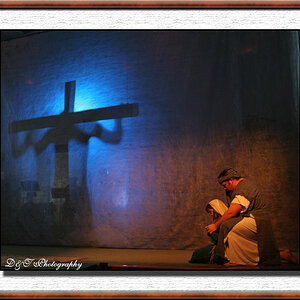- Joined
- May 1, 2008
- Messages
- 25,422
- Reaction score
- 5,003
- Location
- UK - England
- Website
- www.deviantart.com
- Can others edit my Photos
- Photos OK to edit
One thing that comes to my mind with such a shot is if you are using a screen calibrator (such as a spyder) to calibrate your working screen. Monitors (esp LCD ones) are often very bright when used with default settings and that might account for why your first edit looks so dark to many of us.




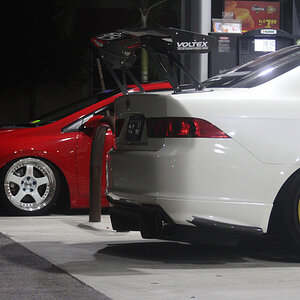
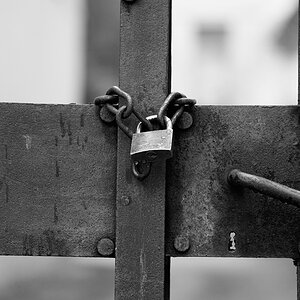
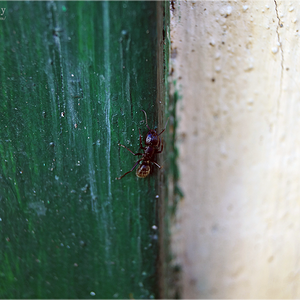

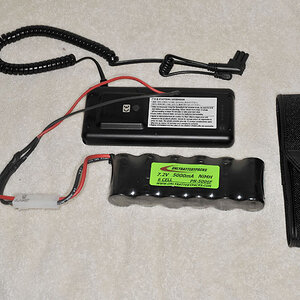
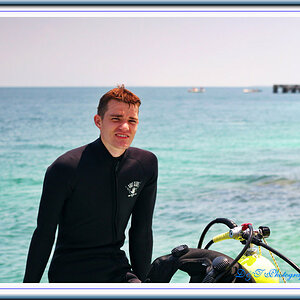
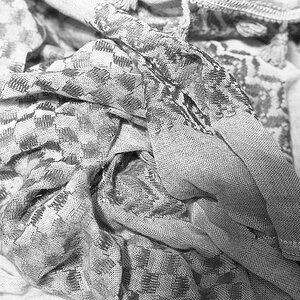
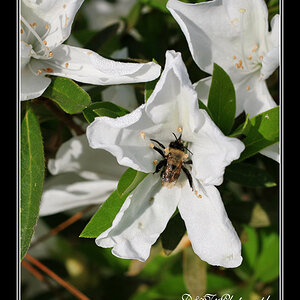
![[No title]](/data/xfmg/thumbnail/34/34687-f643984276d5d6af7e697542a2e81c23.jpg?1619736603)
![[No title]](/data/xfmg/thumbnail/36/36602-3001bbe07fa5517ccd4b03e049c7b844.jpg?1619737642)
